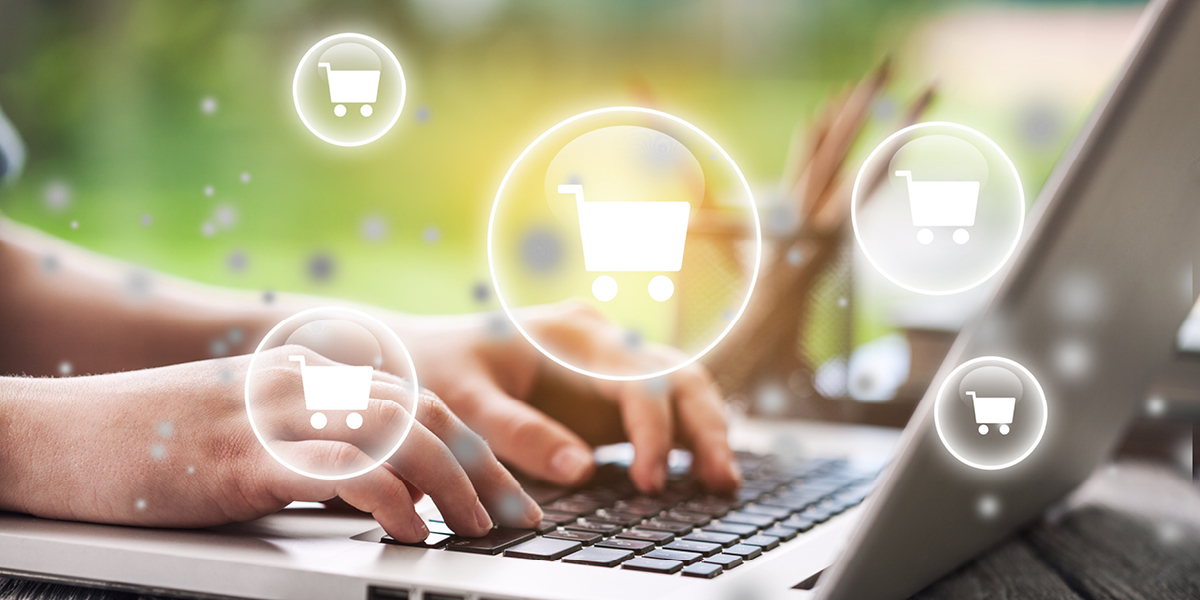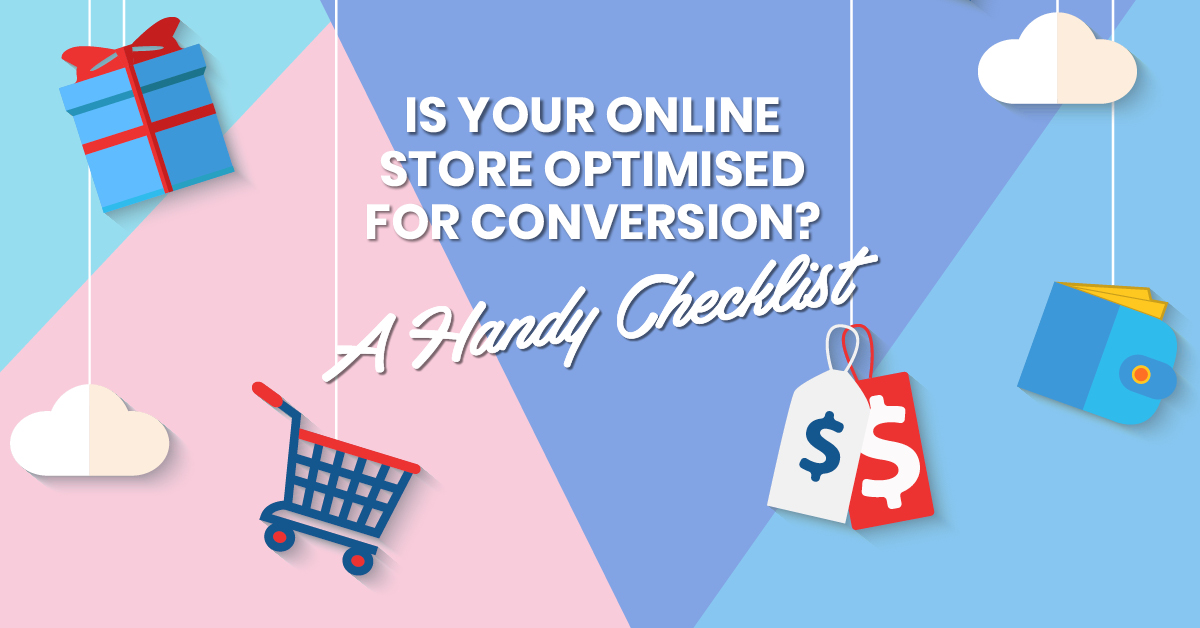Covid-19 Pandemic: What happens next?

After two months in lockdown we’re seeing a slight easing of lockdown restrictions, as we take cautious steps back to something resembling normality. Traffic on roads is steadily increasing and people (who can’t work from home) are allowed to go back to work meaning business is slowly starting up again. But what exactly will “normality” look like for marketing and sales post-pandemic?
In this blog we will explore what’s been going on since the COVID-19 pandemic began and how it’s likely to affect sales and marketing in the future...
Thought Leadership Will Evolve in B2B Marketing

The Pandemic has socially distanced us but in other ways it has brought us closer together. With video calls being the new normal we have created a business environment with a window into our homes, bridging the gap between the people we are at work and the people we are in our personal lives. This has naturally introduced a more relaxed and informal aspect into traditionally formal and stuffy business interactions.
Post-pandemic it is likely businesses will continue this trend because B2B marketing will only get harder not easier with everything checked and double checked, having a more personal perspective and message that appeals to us as human beings rather than cogs within business machines is likely to resonate and build working relationships.
All of this means an evolution of the formal, high and mighty positioning of thought leadership, rather than trying to position our businesses as leaders within our respective industries we will demonstrate our expertise from a position of equality, being more helpful, in the moment and entertaining.
Conversational Marketing Will Save Time & Free Up Marketing & Sales Teams

The Coronavirus outbreak has put a lot of businesses in the unenviable position of having to furlough staff or downsize, meaning optimising existing Sales and Marketing teams is at the top of many businesses priority list right now.
So, what solutions are out there for optimising your sales and marketing teams? The answer...conversational marketing.
Simply put, conversational marketing uses automated tech like chatbots and live chat features that provide automated or direct communication channels to your prospects allowing leads to be evaluated and categorised into one of two categories:
- “strong leads” - The software begins a conversation or reacts to an enquiry and based on the answers given “qualifies” the contact as a strong potential customer. Their information is collected and passed over to a member of the sales team.
- “soft lead” - The software begins a conversation or reacts to an enquiry and based on the answers given identifies a contact as a “potential, future lead” (a “not ready to buy contact”) and provides that information to marketing teams for further information and nurturing.
Conversational marketing is a clever piece of kit that allows your sales (and marketing) teams to focus on what they do best...instead of wasting valuable time performing data entry or figuring out if a lead needs nurturing or are ready to buy.
Advancements in conversational marketing software over the last few years has improved the delivery and interaction of chatbots mimicking human interaction much more effectively and with AI giving the software the ability to learn from it’s interactions its become a far more viable option for businesses to implement.
Conversational Marketing has gained popularity during lockdown for time saving and freeing up staff, and with the advancements and increase in available platforms it’s popularity will only continue to grow post-pandemic.
Did you know UX-Digital has a range of fantastic
conversational marketing solutions?
Take a look at our dedicated conversational marketing page here...
Search Engine Marketing (Pay Per Click) Will Be A Marketing Priority

To invest in SEM or to not? That is the big question - and it’s likely to be a question on everyone’s lips post-pandemic.
For many businesses this decision will be based on the industry they’re in, their marketing budget, how competitive keywords are and the state of current SEO.
Ecommerce, technology and wellness websites, for example, are experiencing surges in online activity right now, meaning the price of related Keywords is likely to increase but with demand remaining stable or increasing within these thriving sectors, SEM could certainly be a worthwhile investment now and post-pandemic to make your brand stand out from the rest.
That said, businesses hit hard by the pandemic, (sectors like travel and tourism, finance, and real estate) shouldn’t necessarily rule themselves out for SEM.
Savvy marketers in industries like these are taking advantage of SEM strategies while their relevant Keywords are cheaper, keeping them connected to their customers and reaching a wider audience where most of the competition is easing off on their marketing communications means they are at the head of the pack once restrictions are fully lifted.
If your business is relatively new, understandably it's likely to be a challenging time indeed with budgets stretched tight but SEM has the potential to get your brand, products and services in front of the right audience much quicker than waiting for organic SEO gains.
SEM is helping marketers stay in front of their audience, an audience that in many sectors has grown as online products and services have become the only option. Post-pandemic it is expected that our demand for online products and services will only continue to increase making SEM an important consideration for all marketers.
eCommerce Will Continue to Rise

As previously mentioned, eCommerce is enjoying a huge surge in demand since lockdown began, online sales have climbed to record highs, with more people than ever taking to online shopping for everything from DIY supplies to baking ingredients and craft materials.
Many smaller businesses looking to get in on the action are setting up their own eCommerce stores, and with so many different platforms to choose from, there are no signs of this trend slowing down!
From businesses having their own websites to sell products and services, to social media platforms with marketplaces, for example Facebook, Amazon, eBay and Etsy to name just a few, there are endless ways to sell online and it’s predicted to continue snowballing long after the pandemic as we continue to move away from traditional high street shopping.
Smart Tech Is Going To Appear Faster

We’re buying online more than ever, but we are always going to have to make trips to stores for essentials like food and medicine. Currently this means long queues, so this is where we expect to see smart tech adoption to rise rapidly post-pandemic to continue social distancing etiquette but speed up services.
Take a look at some of the examples we have provided below...
Self scan and pay stations - We have all seen and used self scanning pay stations in stores over the last few years however with the need to protect staff a priority and with regular improvements in the technology it's likely we will see more and more of these stations instead of traditional manned tills.
Self scan on the go - Rather than spending a long time queuing to pay for your items and causing long lines within stores, customers can scan their items as they move around the store and when they are done, simply pay using their phone eliminating the need for tills entirely.
Smart Kiosks - Businesses can install smart kiosks to manage visitor numbers. Owners can simply set their maximum store capacity and the kiosk provides instructions to customers for entering, exiting and expected conduct while inside the store. Kiosks can be equipped with hand sanitisers and gentle prompts to remind shoppers to maintain social distancing.
Have you seen the Ic-onic Smarty Entry kiosk?
A fantastic new solution to entry management in line with Government social distancing guidelines and safety messaging.
Find out more about the Ic-onic Smart Entry Kiosk and register your interest here...
Apps - A lot of businesses, particularly in the hospitality and leisure industries, prior to the pandemic had started to roll out apps to make booking and paying super easy in their outlets, cutting queues and freeing up staff. Post-pandemic, with staff safety a priority and the need for continued social distancing, it is likely this technology will be adopted at an even more rapid pace.
The Road To Recovery
The times we are facing might not have been the 2020 roadmap we’d envisioned, but the pandemic has brought about a lot of unexpected opportunities too.
The journey back to normality is still filled with a lot of grey areas, but one thing is clear, adaptable strategies, automation and smart technology are going to be at the centre of marketing and sales efforts in the future.
With that in mind, make sure you’re ready for the uncertainty of the post-pandemic world with a flexible strategy that incorporates the right tech and functionality for your business.


